Oklahoma City initiative gaining ground as dozens of homeless housed, camps cleared
Community organizers have a big goal — reduce chronically unsheltered homelessness in Oklahoma City by 75% by 2025 — and after several months of a new program, they're making steady progress.
On any given day, about 1,400 people experience homelessness in Oklahoma City, according to 2023 data. About 500 are sleeping outside, with a growing number of them having been homeless for over a year. Today, the Key to Home Partnership works to rehouse OKC's homeless population from various encampment sites, similar to other initiatives in the U.S.
“This is the Oklahoma Standard," said Clay Moss, chair of Key to Home and managing director at the Hall Capital investment firm in Oklahoma City. "We have to solve this as a city so that our kids and the next generation can see an improvement.”
Over 40 agencies came together to build Key to Home Partnership, a public-private alliance with a governance board that's funded by federal grants, municipal allocations and philanthropic support.
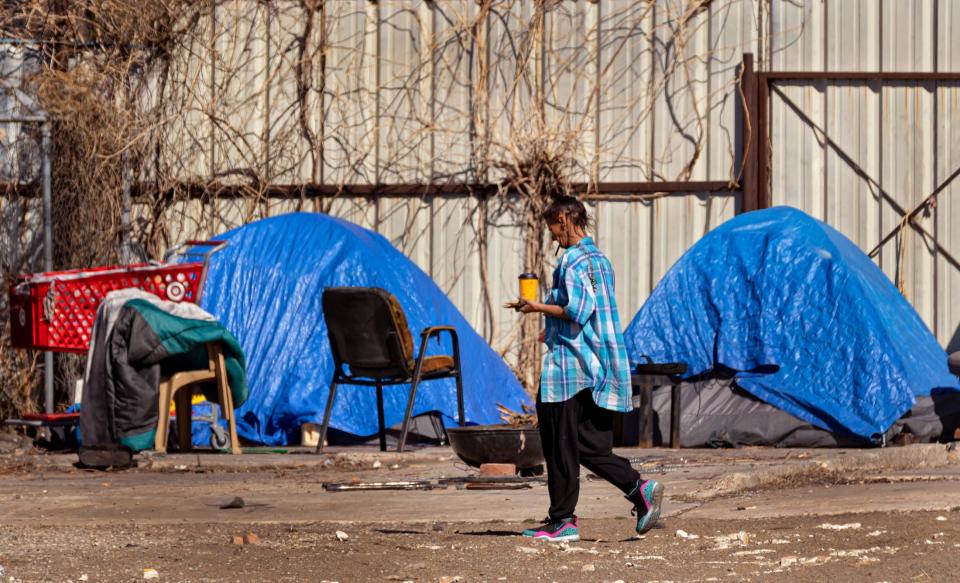
Lindsay Cates, who served last year as implementation manager for Key to Home, said the partnership hopes to rehouse 250 people by the end of this summer and another 250 by late 2025 to reach the overall goal of a 75% reduction in the unsheltered homeless population.
Moss said the board’s members are joining together to connect people in need of housing with resources and providers who can help stabilize their lives.
“I just think that, as any person does over time, you have these encounters, you have these conversations, and it starts just taking little bites of your soul until one day you wake up and look in the mirror and say: 'We have to fix this,'” Moss told The Oklahoman.
Related: Oklahoma City receives $7.1 million federal grant for homelessness initiatives
How many homeless people have been housed by Key to Home?
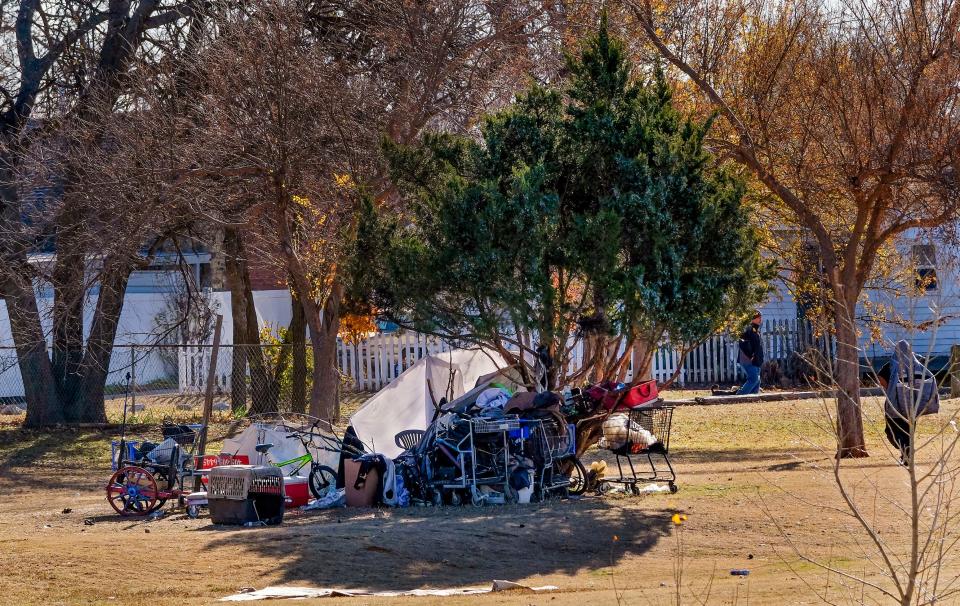
Key to Home emulates an approach that's finding demonstrable success in Houston, which now has a lower rate per capita of unhoused residents despite being a much larger city.
Oklahoma City's program began as a pilot study in the spring of 2023, and as officials were encouraged by the results, it was formally launched late this past summer.
Since August, Key to Home has worked to rehouse nine people from an encampment by the West River Trail; eight people living at another site near Interstate 40 and Martin Luther King Avenue; six people from an encampment near SW 15 and Portland Avenue; and 18 people who were living underneath a bridge near Interstate 44 and Pennsylvania Avenue in Oklahoma City
Most recently, 31 more people experiencing homelessness within the Draper Park area now have roofs over their heads.
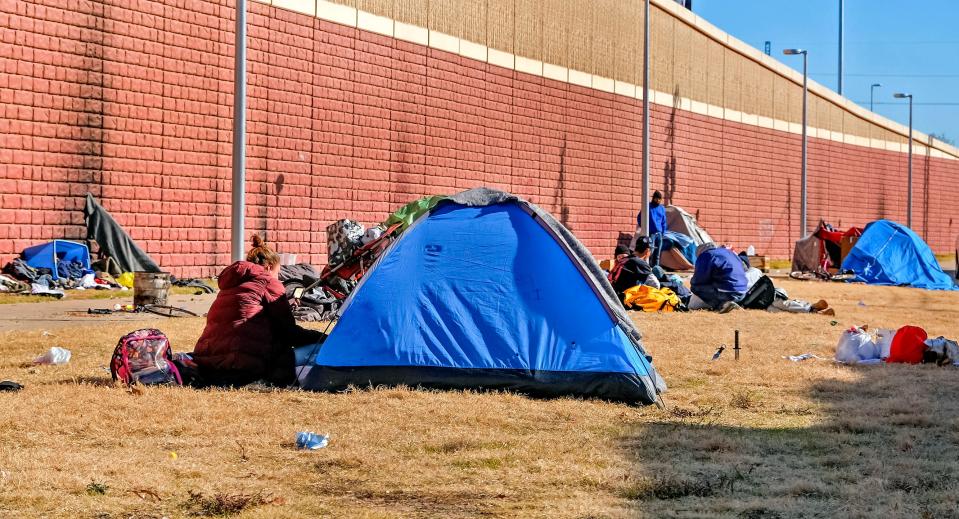
Mental Health Association Oklahoma and HOPE Community Services partnered with Key to Home to provide outreach to the people living in the encampments. City Rescue Mission worked with the Oklahoma City Housing Authority and the Oklahoma Housing Finance Agency to secure residences for each person, and Focus on Home made sure each space was furnished.
Cates also said each person has been assigned a case manager, working through the Homeless Alliance, CityCare, Catholic Charities and NorthCare, to help them with recovery and stability over the next year.
“For many people who are experiencing homelessness, multiple systems have failed them, and this takes building trust and showing we’re going to follow through,” Cates said. “It’s going to take time, but we’re willing to work on that."
More: See how designers plan to transform an old Motel 6 into a living space for OKC's homeless population
Encampment 'deterrent' receives mixed reactions
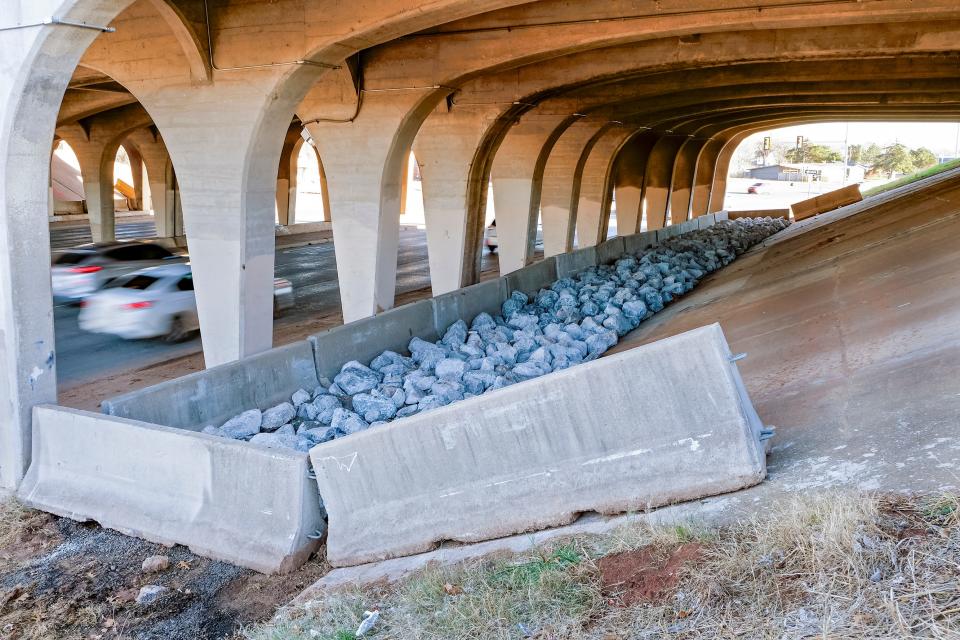
After an encampment like the I-44 and Pennsylvania site is closed, the Oklahoma Department of Transportation works with city and county officials to determine how to keep the site clear.
In a move that some people have decried online as anti-homeless, the department constructed what it described as a "deterrent" to secure the site under the bridge from being resettled. At the I-44 and Pennsylvania site, there are now large riprap rock and Jersey concrete barriers at the bottom of the sloping wall where tents previously stood.
There's a balance to find, Cates said, between achieving "the health and safety of vulnerable people” while still “improving the community landscape.”
“We are excited about planning potential ways to beautify areas,” Cates said, “but that will require funding and partnership with the incredible art agencies here in Oklahoma City, and we look forward to working on this next step.”
Related: Is Oklahoma City's new homelessness plan 'bold enough'? Is there a capacity to do more?
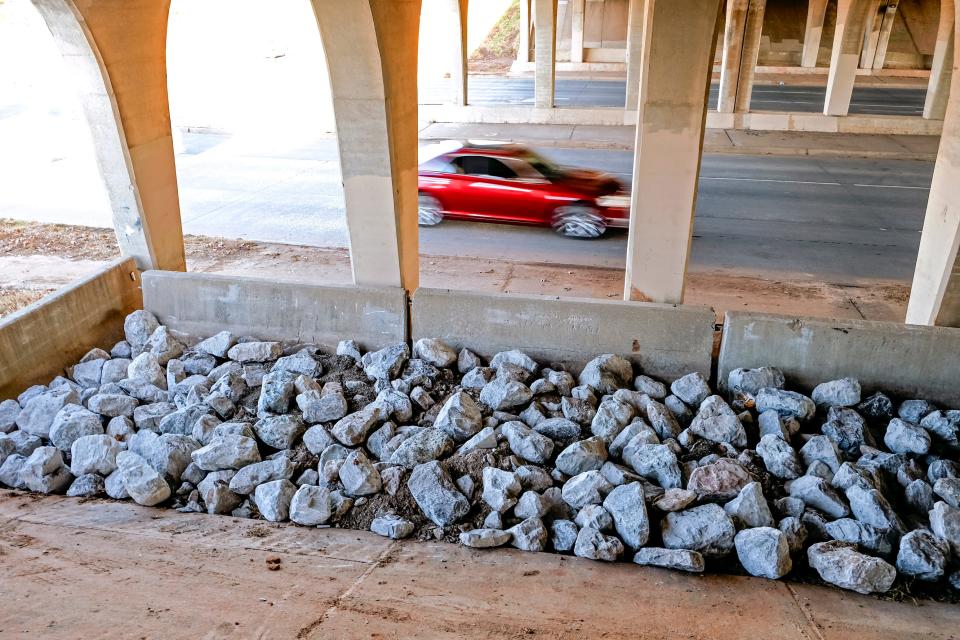
Factors creating homelessness still at play
Ward 2 City Councilperson James Cooper hears regularly about homelessness issues and is often vocal during council meetings about doing more to help the city's homeless population.
After a recent town hall, Cooper said many complicated factors have contributed to why someone would experience homelessness in Oklahoma City today, including decades of lower wages, a lack of affordable housing, and a historical unwillingness to invest in crisis and restoration centers.
“Everyone shares blame for that,” Cooper told The Oklahoman. “To me, voters wouldn’t approve those sorts of things. To me, city leaders would not lead on those sorts of things. We have all let each other down on this topic, but the wonderful news is that we have started making those investments.”
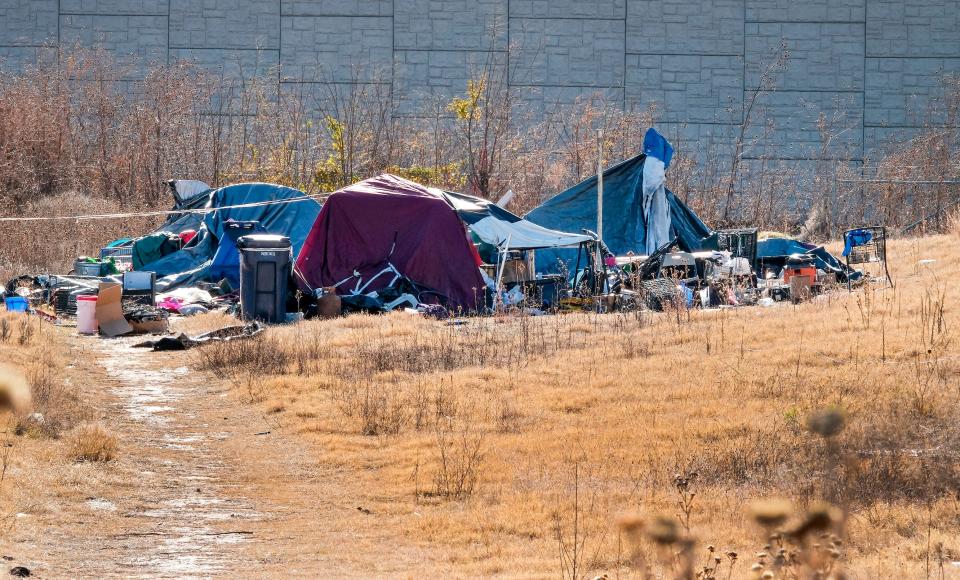
MAPS 4 programs built springboard for Key to Home
In recent years, voters passed by a historically large margin a MAPS 4 package that includes plans to devote a combined $100 million of taxpayer funding into affordable housing and mental health and substance abuse services.
Assistant City Manager Aubrey McDermid said, if it weren’t for the support of public investments like MAPS 4, the city would be ill-equipped to implement its “housing first” strategy, and the Key to Home Partnership might not be possible.
“There are not enough subsidies for developers to make affordable housing the most prolific option of housing out there, but it’s necessary to support the workforce,” McDermid said. “If you don’t provide the subsidy, you’re not going to get the housing, and if you’re not going to get the housing, you’re going to drive economic development away. And that scenario has been realized too late for some cities, but for Oklahoma City we have an opportunity to really prevent ourselves from getting into a horrible situation.”
Related: OKC council approved operators for the MAPS 4 Mental Health & Addiction project. Who are they?
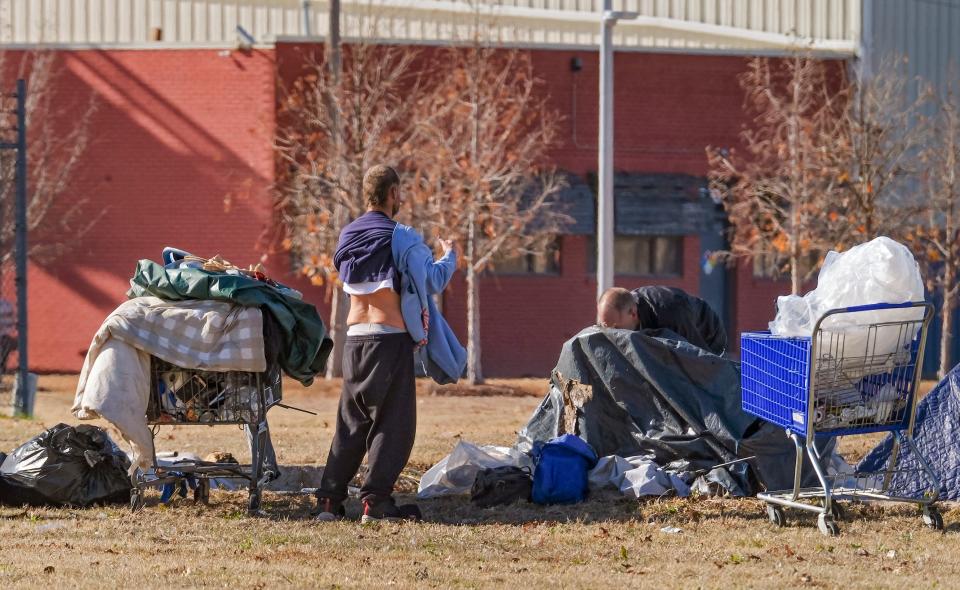
Reducing homelessness also means correcting stereotypes, misconceptions
Moss said he is optimistic about Key to Home's future action plans, but acknowledged much work still remains to accomplish the goal of rehousing 500 people by 2025.
Part of that work, the Key to Home staff agreed, was combatting misperceptions held by other residents that homeless people want to remain homeless. If that were the case, Moss said, then the overwhelming majority of participants would either not accept housing or not renew their leases. Data was showing the exact opposite.
“That’s the most compelling part — that transcends a city,” Moss said. “We’re giving these people, for the most part, their lives back, and it’s something that they desperately want.”
But the Key to Home staff also have to contend with skeptical residents who believe it’s not the city’s responsibility to provide “handouts” to people they consider dangerous and unstable.
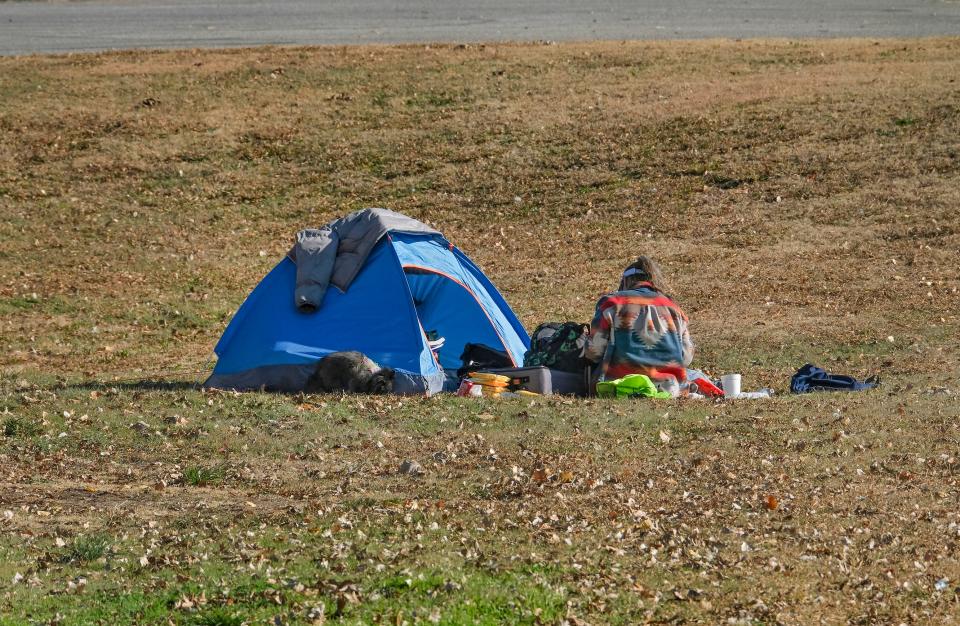
Cates, McDermid and Moss all believed such negative perceptions of homeless people are likely due to generalized personal experiences from naysayers, and reiterated that Key to Home was making data-driven decisions to tackle the issue and to provide support for people who were less fortunate than others.
“If you work really close to it, I think you have a different perspective on it, and you get a little defensive when you hear people kind of lumping everybody into the category of ‘these very dangerous homeless people,’” McDermid said.
Cates, who exited her role with the Key to Home Partnership in late December to oversee community programs at the Oklahoma City Community Foundation, said that she was most proud of the collaborative knowledge the coalition was using to make meaningful change in restoring people’s lives.
“The most significant part I will take with me is when I get to see the pictures of faces of those who have been unhoused moving into units, opening their door to their apartment for the first time and getting their new furniture,” Cates said. “These are people — someone's brother, sister, daughter or father, for example — and they are knowing that they are cared for and thought of … it's what makes it worth all of the hard work.”
More: Legal aid help for renters facing eviction in Oklahoma City is working and being expanded
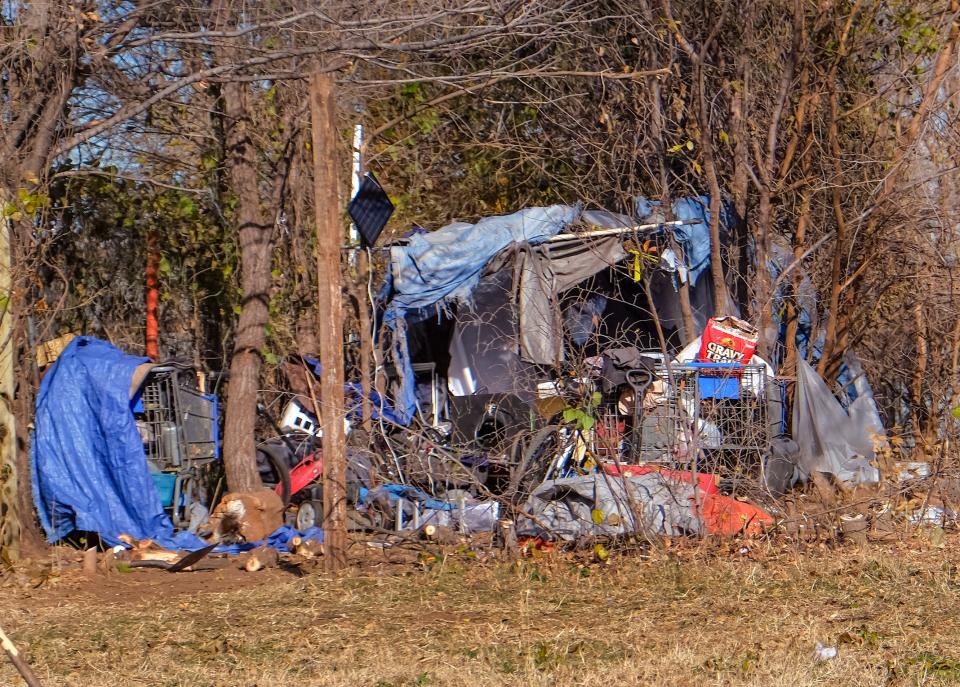
This article originally appeared on Oklahoman: OKC's Key to Home clearing homeless camps through secure housing

